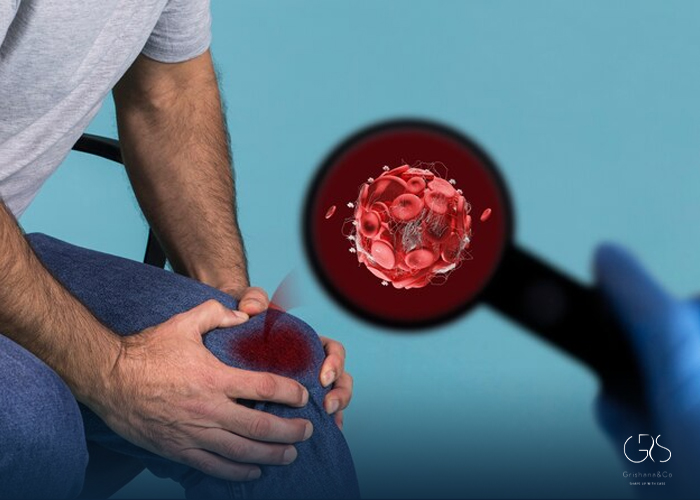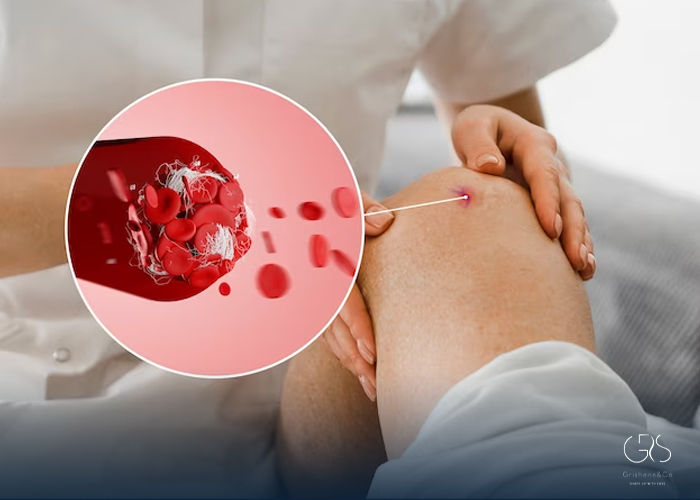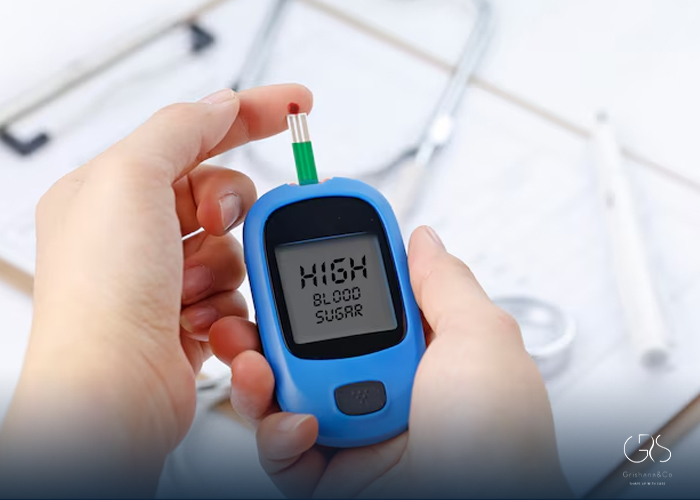Hemorrhage, characterized by excessive bleeding, is a potentially life-threatening condition that affects individuals of all ages. Whether it occurs internally or externally, the consequences of excessive bleeding can be severe if left untreated. This comprehensive article provides an in-depth analysis of hemorrhage, exploring its causes, symptoms, treatment options, and prevention methods.
What is Hemorrhage?
Hemorrhage refers to the abnormal and excessive loss of blood from the circulatory system. It can occur internally (inside the body) or externally (from open wounds). Excessive bleeding can be a result of trauma, injury, or an underlying medical condition. Understanding the causes of hemorrhage is vital to identify and address the condition effectively.

Types of Hemorrhage:
There are several types of hemorrhage, each with its own characteristics and causes.Some common types include:
- Arterial Hemorrhage: Arterial bleeding occurs when an artery is damaged or ruptures, leading to bright red blood flow due to its high oxygen content.
- Venous Hemorrhage: Venous bleeding is caused by damage to veins, which tend to produce dark red or maroon-colored blood.
- Capillary Hemorrhage: Capillary bleeding results from the rupture of capillaries, leading to slow and continuous bleeding.
Causes of Hemorrhage:
Excessive bleeding can be caused by various factors, including:
- Trauma: Hemorrhage often occurs as a result of physical trauma, such as accidents, falls, or sports injuries.
- Surgical Complications: Hemorrhaging can arise during or after surgical procedures due to improper wound closure, damaged blood vessels, or clotting disorders.
- Medical Conditions: Certain medical conditions, such as hemophilia, liver disease, or cancer, can increase the risk of hemorrhage.

- Medications: Some medications, like blood thinners, can interfere with clotting and increase the likelihood of excessive bleeding.
Symptoms of Hemorrhage:
Early recognition of hemorrhage symptoms is crucial for timely intervention.Common signs and symptoms include:
- Uncontrolled bleeding from wounds or body orifices.
- Excessive bruising or hematoma formation.
- Rapid heartbeat and low blood pressure.
- Dizziness, lightheadedness, and confusion.
- Pale skin or mucous membranes.
Treatment and Management:
Immediate medical attention is required for individuals experiencing excessive bleeding.Treatment options may include:
- Direct Pressure: Applying firm pressure to the bleeding site can help control hemorrhage.
- Tourniquet Use: In severe bleeding scenarios, tourniquets may be utilized to restrict blood flow to the affected area.
- Surgical Intervention: Surgical procedures such as ligation or cauterization may be necessary to stop internal bleeding.
- Medications: Administration of clotting agents or medical interventions to address underlying conditions contributing to excessive bleeding.
Prevention of Hemorrhage:
Preventing hemorrhage starts with identifying the underlying risk factors and taking appropriate steps to minimize their impact. Some preventive measures include:
- Taking safety precautions to prevent accidents and injuries.
- Regular medical check-ups to identify and manage underlying medical conditions.
- Proper medication management and following doctor’s instructions for blood thinners.
- Ensuring prompt and appropriate medical care during surgeries and other invasive procedures.
Conclusion:
Excessive bleeding, or hemorrhage, poses a serious health risk that requires immediate attention and intervention. By understanding the causes, symptoms, and treatment options surrounding hemorrhage, individuals can take necessary precautions, seek prompt medical attention, and increase their chances of a successful recovery.
Sources
- Mayo Clinic, Excessive Bleeding: Causes, Symptoms, and Treatment Strategies
- WebMD, Understanding Excessive Bleeding and its Implications
- American Red Cross, Managing Excessive Bleeding: What You Need to Know











